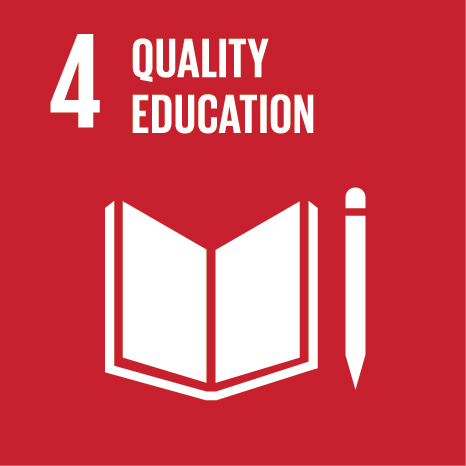Temperament and siblings: Does it matter for the quality of play?
Event Title
26th ISSBD Biennial Meeting of the International Society for the Study of Behavioural Development
Year (definitive publication)
2022
Language
English
Country
Greece
More Information
--
Web of Science®
This publication is not indexed in Web of Science®
Scopus
This publication is not indexed in Scopus
Google Scholar
This publication is not indexed in Google Scholar
This publication is not indexed in Overton
Abstract
Play is central for the acquisition and development of socio-emotional and cognitive skills and abilities. So, children with difficulties in engaging in social play may be at risk of losing these opportunities (Coplan et al., 2015). Hence, identifying predictors of early difficulties, as well as potential protective factors is key. Siblings play a significant role in the development of children’s understanding of their social context (Volling et al., 2010). The aim of this study was to analyze preschool children’s social play and Reticent behaviors (a type of unsocial play), to test children’s characteristics and the existence of siblings as main predictors of play quality. Plus, interactions between child temperament and siblings was tested. We wanted to explore the protective role of siblings.
227 children, their mothers and teachers participated in the study. Children were on average 53.87 (DP=10.02), 115 were girls. 139 had siblings. All parents were living together. All teachers had a University degree in Early Education. Mothers reported on child’s temperament using The Children's Behavior Questionnaire (Putnam & Rothbar, 2006, short version; Franklin et al., 2003) and Preschool Teachers answered The Preschool Play Behavior Scale (PPBS, Coplan & Rubin, 1998; Monteiro et al., 2017).
Preliminary analyses showed that the variance explained by the three predictor blocks (1-Child’s individual characteristics, 2-Siblings, 3-interaction between temperament and the existence of siblings) was statistically significant for Reticent Play (F(7,225)=4.23,p<.001,R2=.09), and Social Play (F(7,225)=5.01,p<.001,R2=.11). For Reticent Play, Child’s Age (b=-.02, p<.001), the existence of siblings (b=-.21, p<.05), and Extroverted Temperament (b=-.12, p<.05) were significant predictors. For Social Play, Child’s Age (b=.02, p<.001), Extroverted Temperament (b=.12, p<.05) were significant predictors, and Effortful Control Temperament (b=.15, p=.058) was marginally significant. The results will be examined in terms of the different contributions of children’s characteristics and the role of siblings in the development of play behaviors.
Acknowledgements
--
Keywords
social play,reticent behaviors,temperament,siblings
Fields of Science and Technology Classification
- Psychology - Social Sciences
Funding Records
| Funding Reference | Funding Entity |
|---|---|
| SFRH/BD/138705/2018 | FCT |
Contributions to the Sustainable Development Goals of the United Nations
With the objective to increase the research activity directed towards the achievement of the United Nations 2030 Sustainable Development Goals, the possibility of associating scientific publications with the Sustainable Development Goals is now available in Ciência_Iscte. These are the Sustainable Development Goals identified by the author(s) for this publication. For more detailed information on the Sustainable Development Goals, click here.

 Português
Português


